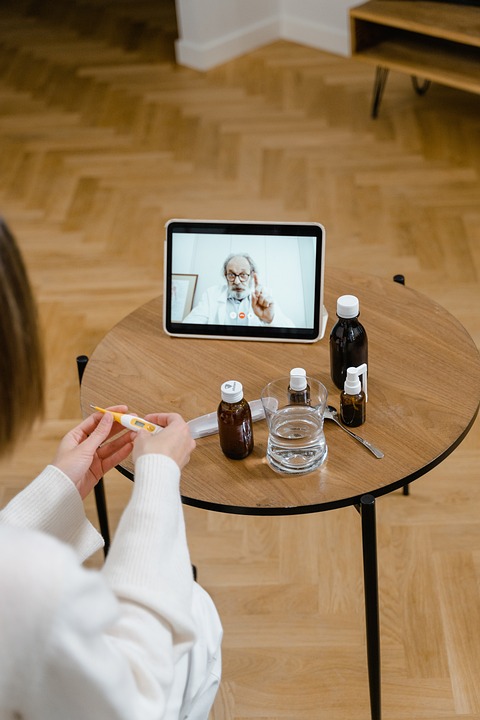Introduction
The advent of telemedicine has brought about a revolutionary shift in the way healthcare is delivered and accessed. Telemedicine utilizes technology to provide remote medical services, enabling patients to consult with healthcare professionals from the comfort of their homes. This article explores the five primary ways in which telemedicine is transforming the healthcare industry.
The Emergence of Virtual Consultations
One of the most significant contributions of telemedicine is the accessibility of virtual consultations. Instead of requiring patients to travel to physical healthcare facilities, telemedicine provides the convenience of remote consultations. Patients can connect with healthcare professionals through video calls or phone calls to discuss their symptoms, ask questions, and receive medical advice. This method reduces the burden on hospitals and clinics, especially in rural areas where healthcare services are limited. Additionally, virtual consultations allow patients to save time and money on transportation and waiting-room visits.
Enhanced Access to Medical Specialists
Telemedicine bridges the gap between patients and medical specialists. In traditional healthcare systems, patients often face lengthy waiting periods before they can see a specialist due to the limited availability and geographical distribution of these experts. However, telemedicine enables patients to access medical specialists remotely, regardless of their physical locations. Patients can now benefit from the expertise of renowned specialists without having to travel long distances. This increased access to medical specialists improves the quality of care and enhances medical outcomes.
Improved Chronic Disease Management
Telemedicine plays a vital role in managing chronic diseases, which require frequent monitoring and regular follow-ups. Patients with conditions such as diabetes, asthma, or hear犀利士
t disease can utilize telemedicine to stay connected with their healthcare providers. Through remote monitoring devices and smartphone applications, patients can measure vital signs like blood sugar levels, blood pressure, or oxygen saturation at home and share the data with their healthcare team. Doctors can then review the information, make necessary adjustments to treatment plans, and provide personalized recommendations. By reducing the need for in-person visits, telemedicine enhances convenience, increases patient engagement, and improves overall disease management.
Expanded Healthcare in Rural Areas
Telemedicine has been revolutionary in extending healthcare access to remote and rural areas. These regions often face a shortage of healthcare facilities and medical professionals, making it challenging for residents to receive timely care. With telemedicine, patients in remote locations gain the opportunity to consult with doctors and specialists without traveling long distances. It helps eliminate barriers such as transportation costs, lack of infrastructure, and limited availability of healthcare services. By connecting rural communities with medical expertise, telemedicine improves healthcare equity and reduces health disparities.
Facilitating Easy Follow-ups and Post-Operative Care
Telemedicine simplifies the process of follow-ups and post-operative care. Instead of patients having to visit hospitals or clinics repetitively, telemedicine offers a convenient alternative. Through video consultations, doctors can easily assess patients’ progress, manage post-operative concerns, and provide necessary guidance. This reduces the need for frequent physical visits, saving time and effort for both patients and healthcare providers. Moreover, telemedicine helps patients remain in the comfort of their homes during recovery, leading to better patient satisfaction and improved adherence to post-operative instructions.
Conclusion
Telemedicine is revolutionizing healthcare in numerous ways. Virtual consultations, improved access to medical specialists, better chronic disease management, expanded healthcare in rural areas, and simplified follow-ups are transforming the healthcare landscape. As technology continues to advance, telemedicine will play an even greater role in providing equitable, accessible, and patient-centric healthcare services.




